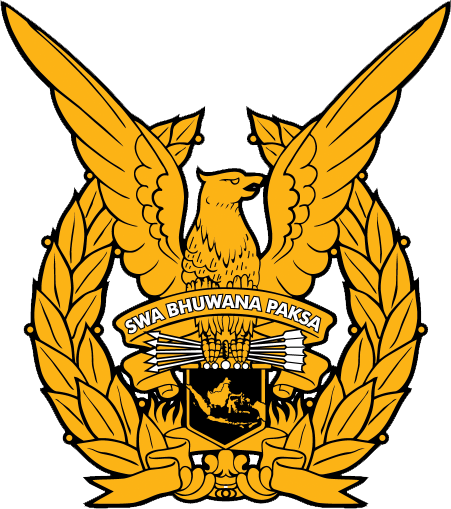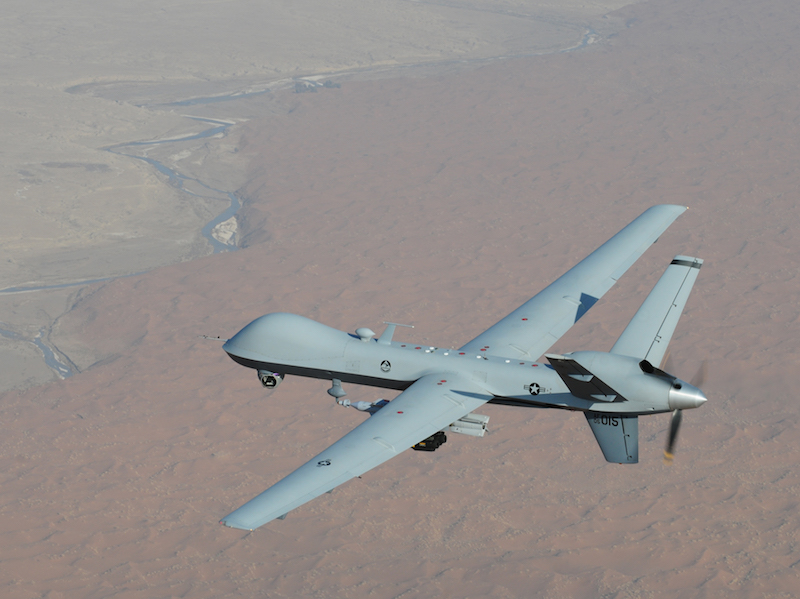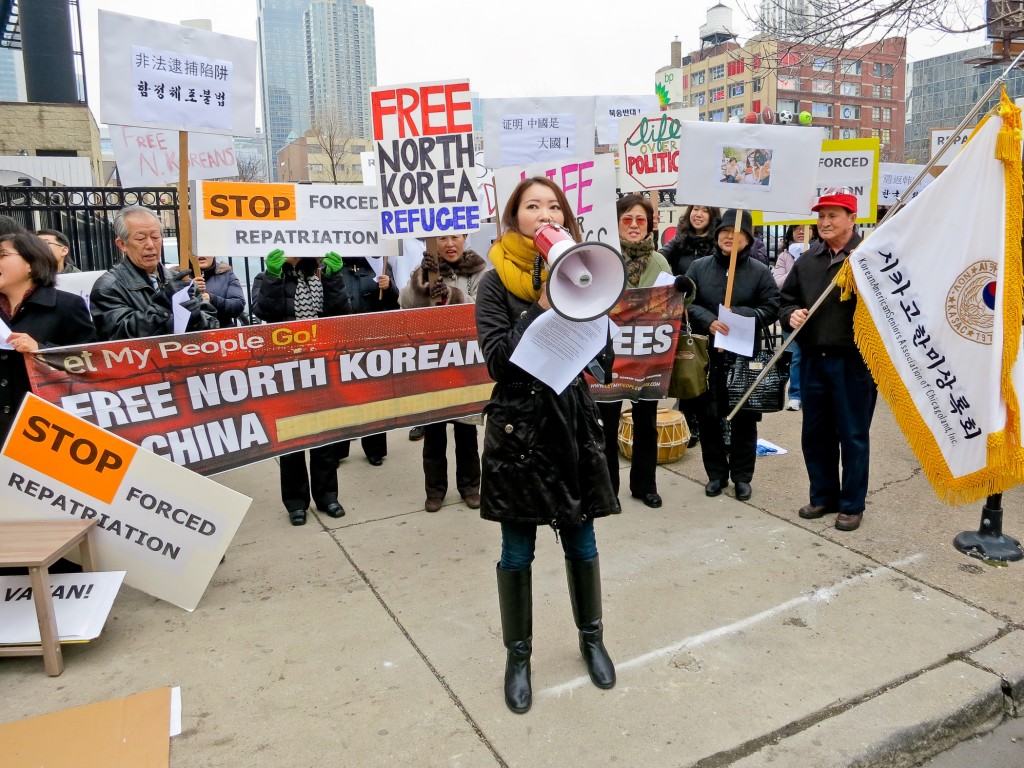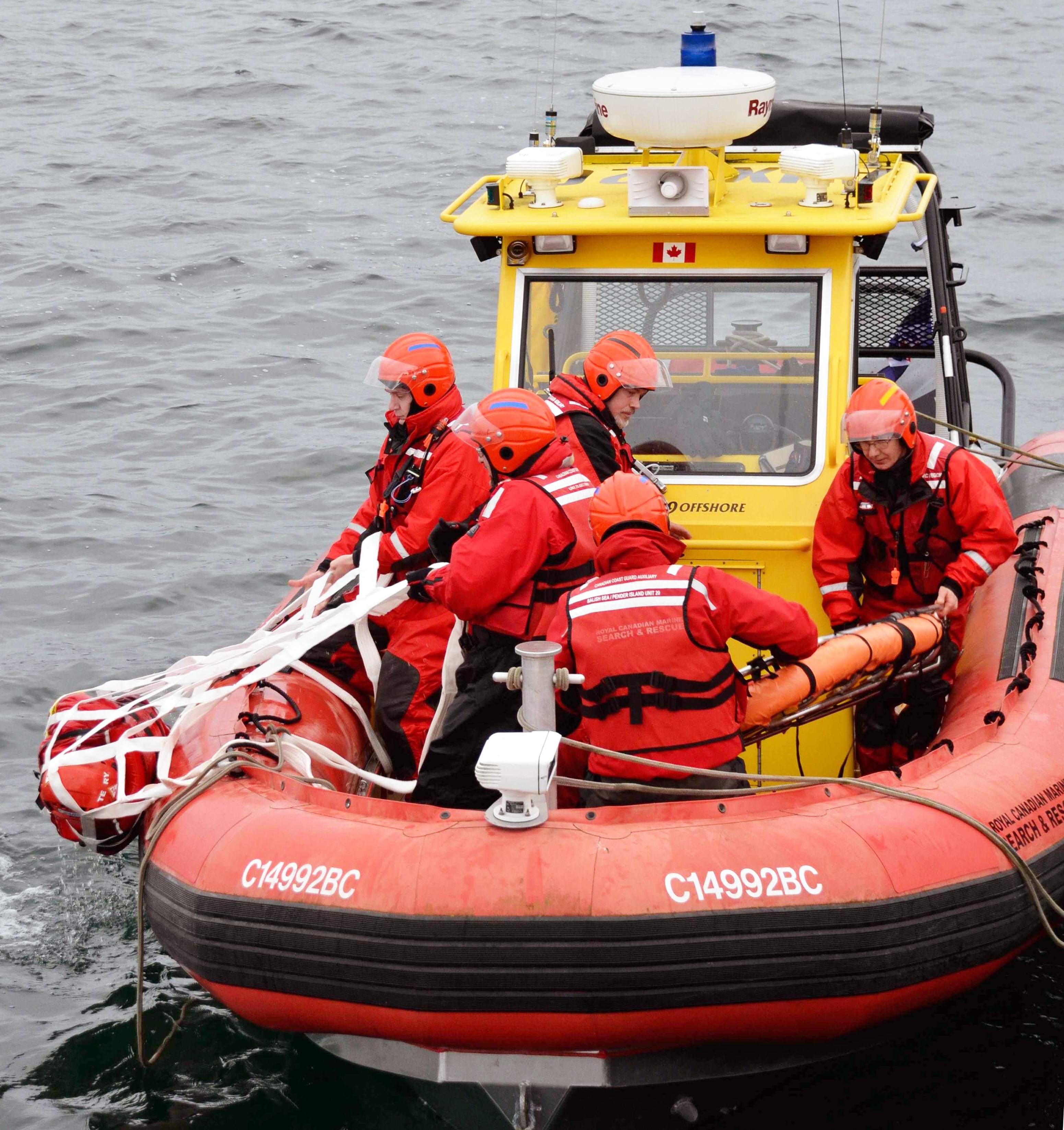
Growing attention has been devoted to the navies of Southeast Asia in light of increasing tensions in the maritime Indo-Pacific. While maritime incidents are of everyday occurrence, aerial interactions over disputed islands, features, and seas are becoming increasingly frequent. This article is the first of a series that will look at the combat capabilities of the air forces of Southeast Asia., The first article will deal specifically with the Indonesian Air Force.
Indonesia, an archipelagic state, is the fifteenth largest country in the world. If that statistic is an insufficiently daunting to any conceptualization of the air surveillance and defence requirements faced by Jakarta, the country’s archipelagic status dramatically increases the volume of air space the Indonesian Air Force must police and defend. In the long run, Indonesia has a stated requirement for 180 fighter aircraft in ten squadrons a figure that would provide a robust air defence capacity. At present, its capabilities fall far short of the goal, let alone the establishment of an air force with significant offensive capabilities.
The state of the Indonesian Air Force’s combat capabilities is not very impressive, even by the standards of the Indonesian military. The air force’s combat power is centered on a motley collection of sixteen otherwise capable Russian made Su-27 and S-30 fighter aircraft. These complement a handful of elderly and obsolete F-5s and the ten F-16s which the country ordered in the 1980s. To bolster this very small combat aircraft fleet, in 2012 Indonesia purchased twenty-four heavily discounted second-hand F-16s from the United States, a welcome relief for an air force incapable of policing, let alone defending, the vast majority of its airspace.
In addition, Jakarta has purchased sixteen South Korean-built T-50 light fighters. These aircraft are not as capable as the F-16s., but fulfill the air policing requirement. While ground-attack aircraft are not designed or equipped with air combat or policing in mind, with external sensors doing the cueing, they can be used for air policing and patrolling, including over disputed features and waters. To improve its capabilities against internal threats, Jakarta has purchased sixteen Brazilian-made turboprop-powered Super Tucano ground-attack aircraft to complement the thirty or so existing jet-powered Hawk 209s. It should be noted, however, that the Super Tucano and Hawk 209 aircraft do not appear to factor into Indonesia’s goals for 180 fighter aircraft.
To make up for the shortfall of air combat capability, Indonesia is investing in its future by ordering fifty yet to be built South Korean-Indonesian KFX fighters. In addition, Indonesia is looking for sixteen new aircraft to replace its F-5s and grow the air combat fleet. To fulfill this requirement, Jakarta is looking at Russian Su-35s (an evolution of the Su-27/30), new American F-16s, French Rafales, and the pan-European Eurofighter.
While such efforts go a long way to helping Indonesia reach its goal of 180 fighter aircraft from the current seventy, the apparently uncoordinated procurement choices have frequently been poorly thought out. For example, Indonesia currently operates 126 combat aircraft of nine types and/or distinct variants. The number of types/distinct variants will increase with the delivery of the KFX and potentially even further once the new procurement program is decided.
Worse still, the procurement of sixteen new fighters while welcome, could result in the procurement of either the Rafale or the Eurofighter, aircraft which Indonesia does not currently operate, even in an earlier and older form. As such, Indonesia would be obtaining expensive aircraft to purchase and maintain and will have to support an entirely a new training regimen as well as another spare parts and munitions inventory.
Jakarta’s penchant for maintaining a motley collection of equipment at the expense of procuring supporting systems reduces Indonesia’s already insufficient notional air force strength by exacerbating a long-standing munitions problem. Facing a mismatch between ends and financials means and operating a diverse fleet of combat aircraft, Indonesia maintains small numbers of incompatible munitions for each of its combat aircraft types. For example, according to the Stockholm International Peace Research Institute’s database, Indonesia has purchased just forty guided air-to-surface missiles of four types for these its sixteen Su-27 and Su-30 fighters with no guarantee that all the munitions work with all these aircraft of different variant, let alone aircraft of different origin.
At present, the Indonesian Air Force is incapable of policing, let alone defending, much more than a small portion of the country’s vast airspace. While new aircraft are being procured and increasing the size of the combat fleet, procurement appears uncoordinated in that the frequently procurement numerous types of similar aircraft, each with their own spare parts and munitions, will result in an Indonesian Air Force that is less capable in reality than it is on paper, even if it does reach its target of 180 combat aircraft. In many respects, the story of the Indonesian Air Force is similar to other Southeast Asian air forces, as will be seen in the next installment in this series covering the Royal Malaysian Air Force.




